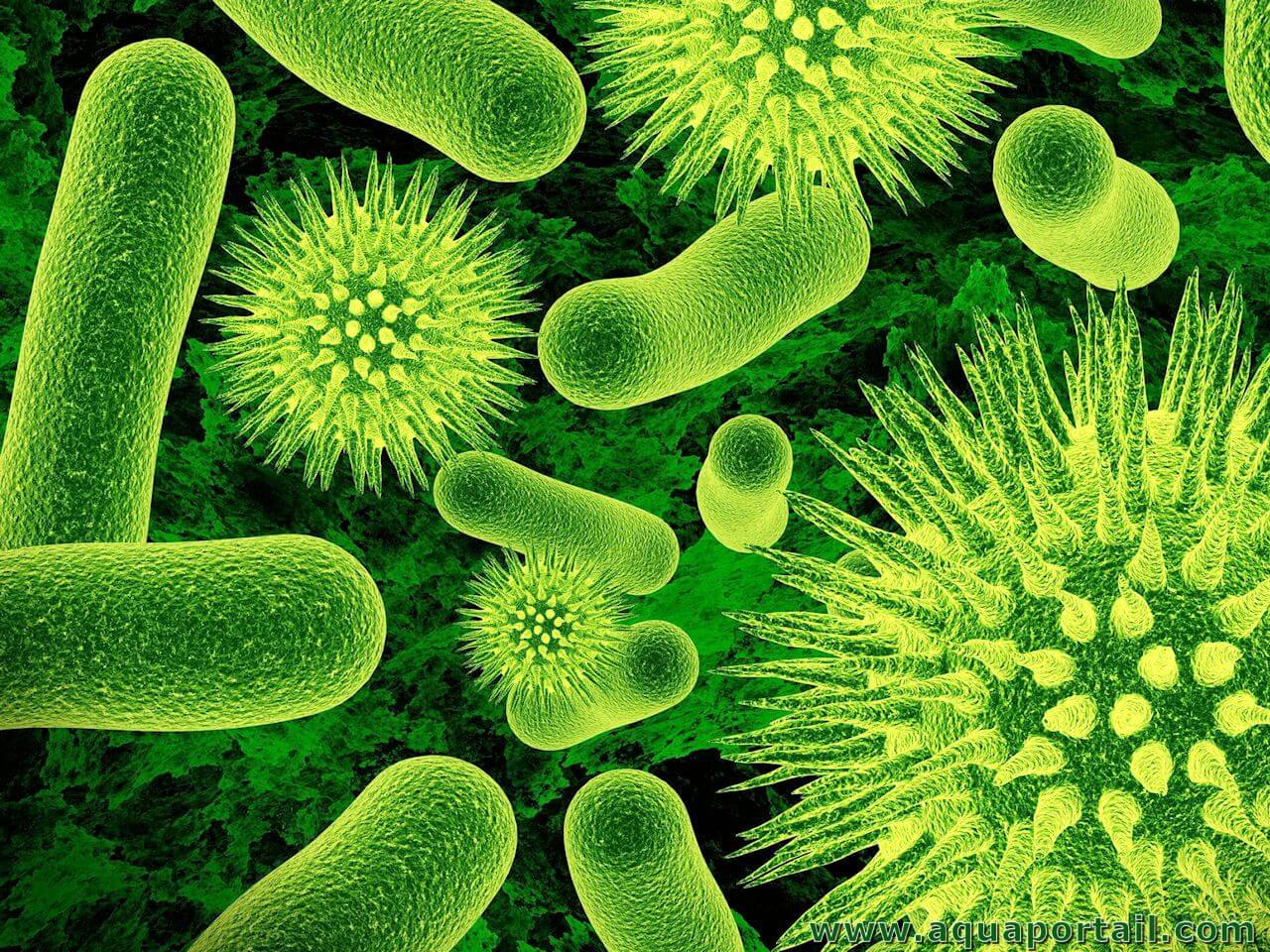Microorganisms such as bacteria and yeasts have long been used as a production platform for various valuable chemical compounds. These microscopic creatures can produce biosurfactants, bioethanol, enzymes, and therapeutic proteins such as antibodies and hormones, so it is no exaggeration to call them as biological factories.
Developing microorganisms as a platform for the production of valuable chemical compounds is not an easy task. Challenges such as ensuring a smooth transition between the chemical reactions involved and the formation of undesirable byproducts can reduce the amount of desired products. These problems are mainly due to the location of the enzymes involved in the product biosynthesis pathway, which are scattered randomly inside the microorganism cells.
Nature provides inspiration for solving problems caused by the spread of these enzymes. The best-known example is cellulosome of the anaerobic bacteria Clostridium thermocellum. Cellulosome consists of enzymes involved in the metabolic process of cellulose, proteins that bind cellulose, and non-catalytic proteins that function as skeletons (protein scaffolds). Inspired by these natural systems, synthetic scaffolds have been successfully constructed and developed, using the basic protein framework found in the cellulosome and DNA and RNA. The use of synthetic scaffolds structure has been successful in increasing the yield of various metabolic reaction pathways.
Protein scaffold
The first synthetic scaffold structure to be developed is the Protein Scaffold System. The system was the modified version of the cellulosome, which uses dockerin and cohesin to localize cellulose-breaking enzymes. The production pathway for high-value chemical compounds, mevalonate, which is a precursor for isoprenoid compounds, can be further processed into biofuels, synthetic rubber, as well as drugs. For example, the anti-malarial drug artemisinin has been used as models to prove the effectiveness of using protein scaffolds to increase the production of a high-value chemical compound in Escherichia coli bacteria. With the protein scaffold system, the mevalonate production was successfully increased by 77 times compared to the production without scaffold.
DNA scaffold
Apart from the effectiveness of increasing the output of chemical reactions, the protein scaffold system showed limitations in the number of enzymes that can be localized; too many enzymes will cause the scaffold’s structure to become too large and difficult to produce in host cells such as bacteria and yeast. Therefore, DNA, a more stable macromolecule, have been developed as a scaffold frame. The selection of DNA as scaffolds has various advantages: DNA has a stable and predictable structure and provides high flexibility to regulate the number of enzymes and the distance between enzymes localized to the scaffolds. The effectiveness of the DNA scaffold system in increasing the output of a chemical reaction has been reported. Plasmids (circular DNA) were used as scaffolds to localize enzymes involved in the synthesis pathways of mevalonate, resveratrol, 1,2-propadienol, and the amino acid threonine. As a result, the production of mevalonate increased by 3 times, resveratrol by 5 times, 1.2-propadienol by 4-5 times, and threonine by 3 times compared to the output without scaffold.
RNA scaffold
The last system is the RNA scaffold system which offers the highest flexibility compared to other systems. The RNA scaffold system consists of small units where the enzymes are localized, arranged like LEGO® to form the desired structure. Unlike the protein and DNA scaffold systems in which the enzymes used are arranged in a linear plane, the RNA scaffold system allows enzymes to be localized in a multi-dimensional complex. One enzyme can be located close to another enzyme in front, behind, above or below the RNA scaffold system. The effectiveness of the RNA scaffold system in increasing the output of a chemical reaction is directly proportional to the complexity of its structure. A 48 fold increase in hydrogen production was obtained by applying a 2-dimensional RNA scaffold system to localize the enzymes involved in hydrogen production ([Fe-Fe] -hydrogenase and ferredoxin) compared to output without scaffolds, while the use of 1-dimensional and 0-dimensional RNA scaffold systems dimensions showed only 11 fold and 4fold increase.
The use of synthetic scaffold systems is an effective strategy for increasing the output of a chemical reaction to produce high economic value products. The protein scaffold system has advantages in terms of flexibility in setting the distance and position between enzymes. Still, it has limitations in the number of enzymes that can be localized to the scaffold structure. The DNA scaffold system offers convenience in regulating the distance and number of enzymes in the scaffold, as well as the stability of the scaffold structure. In contrast, the RNA scaffold system provides the highest flexibility among other systems with its ability to form multi-dimensional structures capable of localizing large amounts of enzymes, but has limitations in terms of stability.
Author: Almando Geraldi
Details of the paper can be viewed here:





